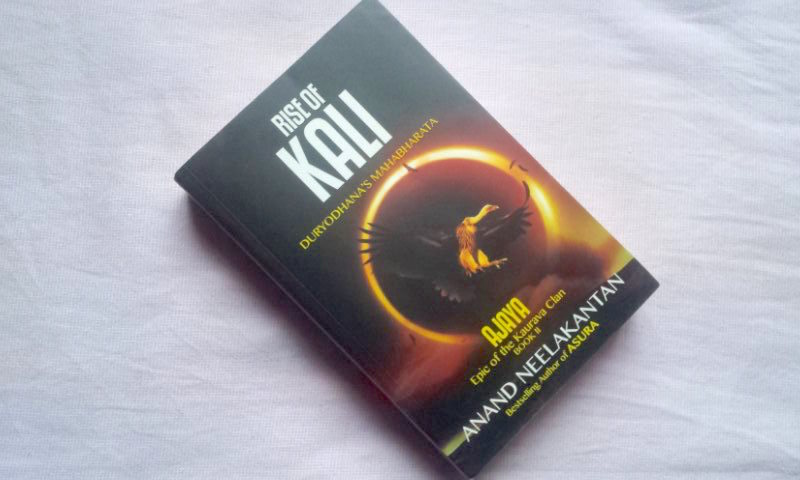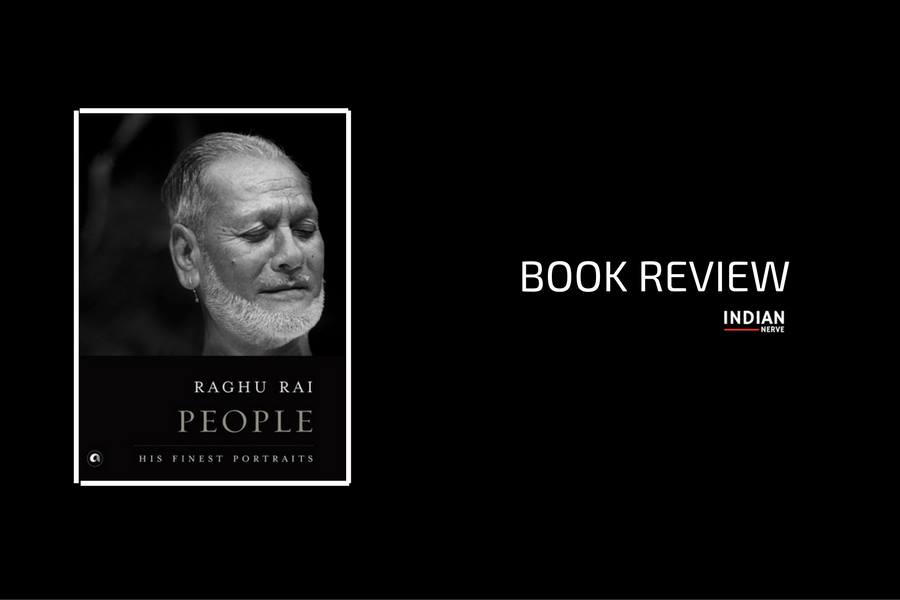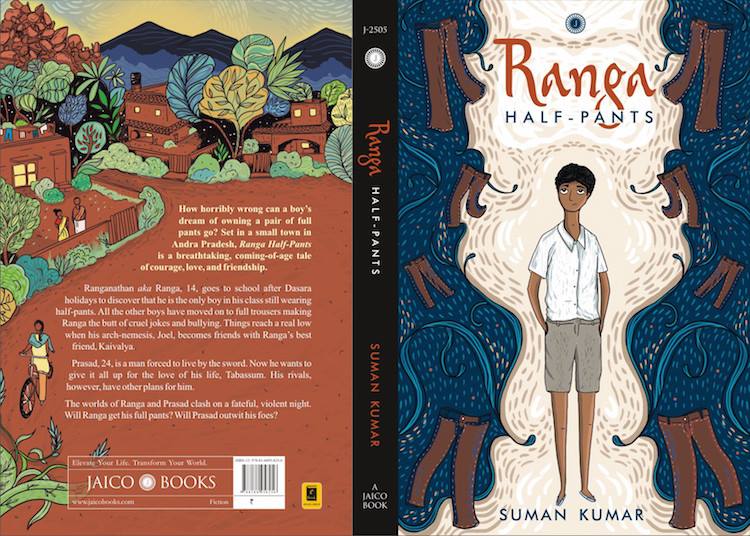‘Rise of Kali – Duryodhana’s Mahabharata’ By Anand Neelakantan | Book Review
I was enchanted when I read the book ‘Ajaya – Roll of the Dice’ by Anand Neelakantan. Here’s my review of the same. Having already enjoyed the epic tale of Ramayana from Ravana’s viewpoint in the author’s ‘Asura – The Tale of the Vanquished’, I knew what the charisma was when the author let me dive into the dark and deep corners of the life of our epic villain. Ajaya had taken it a notch upwards and that had left me wanting for more. I would dig up what the author has to say about his next book named ‘Rise of Kali – Duryodhana’s Mahabharata’, the worthy successor to the first book. And here I am. Got a chance to read the book and review it. Here’s a review –
I want to begin with what I love the most about these books – It’s the way in which they make you identify with a person generally considered as the negative character. Similar to how Asura let the readers see Ravana as just another human being, a person with flaws, very human – ‘Ajaya’ let us do the same with Duryodhana aka Suyodhana. Rise of Kali is the story of Kauravas, the clam that got decimated to the last man in the epic battle of Mahabharata. The book takes us into the dark age of Kaliyug, where every man alive had to choose between duty & conscience, honour & shame as well as life & death.
The story begins with Draupadi being summoned after the Pandavas have lost her in a game of dice and continues with the exact course of events as we all know happen in Mahabharata. However, since we are looking at it all from the Kaurava perspective, it feels as if this is a never heard before tale.
While Ajaya did show us the side of the coin Suyodhana was in a quite believable manner, Rise of Kali makes it all a very passionate affair. There are more than a few times when the reader is absorbed into the plot and on these occasions the book is almost unputdownable. For instance, there’s the part where Suyodhana confronts Krishna where they discuss about the righteousness of his cause. Krishna is one character throughout the book that you enjoy reading about whenever it appears. The shrewdness and the different angle he brings to the story, makes you wonder and question so much. Readers will also particularly like the great hero Bhishma’s speech when he announces he is going to support Suyodhana – a part really well portrayed in the book.
To think about the most-hated character’s (Duryodhana’s) version of the tale, to believe that he was a hero in his own plot, a young man who questioned old caste & dharma rules, to find reason in his actions, to applaud his practical take on things – is a feat that Anand Neelakantan lets us all achieve just by reading his ably penned book.
It is refreshing to read about the stories of Shakuni, Eklavya, Karna and Yudhishthira without categorizing them as right or wrong. To re-tell a story by considering them all as flawed human beings and not idols, how their actions characterised the impending consequences, which we now call history and well, a lot more.
Similar to the books that try to break the shackles of the usual story-telling, this book lives up to the expectations in every possible way. Those who are left wanting for more will find that the ending has been a little hurried, with the last few pages been wrapped up at an unusually fast pace, due justice has been given to every character’s story and how it all adds up in the larger scheme of things is simply a treat for the reader.
Just as I had put in Ajaya review, I want to repeat here that since the original epic is a mythological tale and its characters mostly considered divine, this book may not appeal to the senses of those who hate reading something so definitively non-contemporary. It tries to approaches the story from a rather logical perspective and that’s the beauty of it, if you give the author the time to charm you.
Highly recommended for everyone who love reading Indian stories portrayed in very refreshing light. This author is sure to remain in your memories over the next few decades.
Overall Rating – 4.5/5
You can buy this book from Amazon here.
|
← Previous Story ‘Finders Keepers’ By Stephen King | Book Review
|
You may also like...
1 Comment
Leave a Reply
Cancel reply
-
Advertisement
Copyright © 2020 Indian Nerve. All Rights Reserved.





Nataraj S Narayan
August 8, 2018 at 10:44 am
Ankita Katdares’s review is as gripping as reading the original work. Kudos!